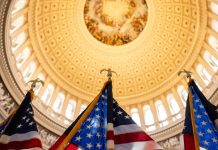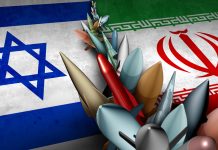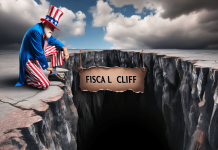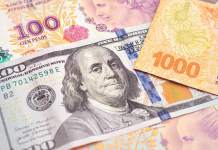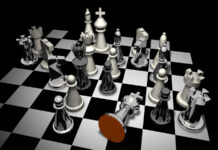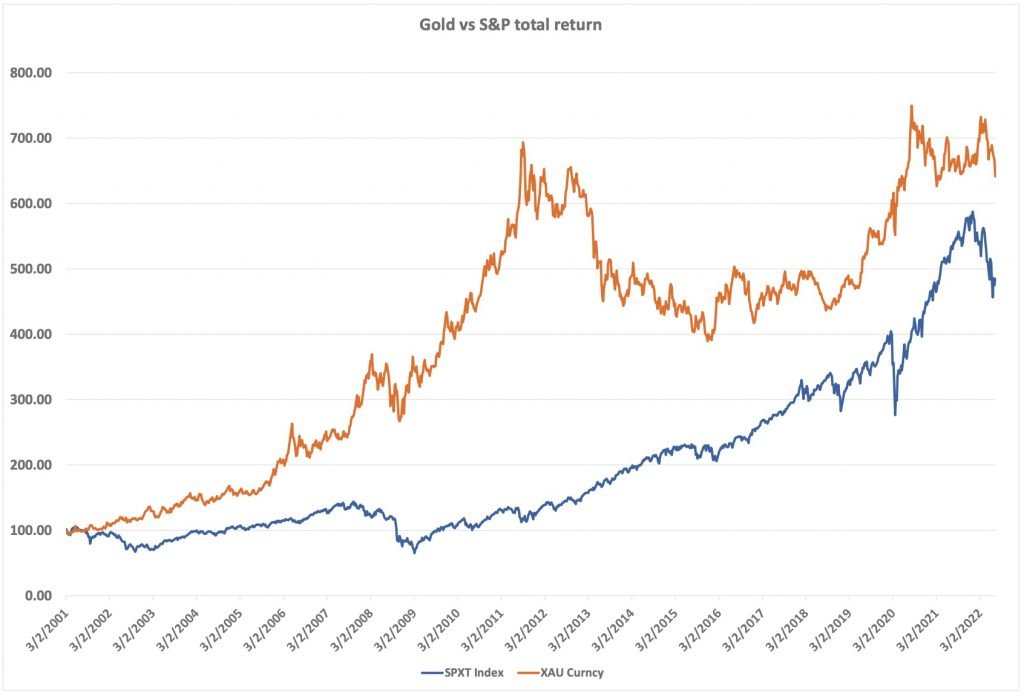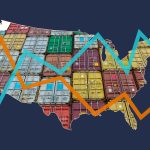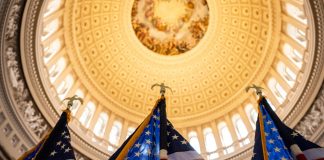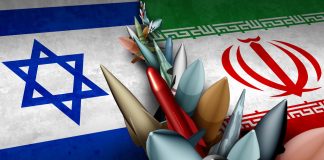New World Order
February 24th, 2022 will go down in history dualistically as the start of the Ukraine war but also as the onset of a New World Order. The war has fully exposed weaknesses in the North West (NW) half of the world, which includes the United States and Europe. This weakness began emerging more than 50 years ago and has accelerated over the past generation. At the same time, the war in Ukraine has made the power of the South East (SE) bloc of countries, largely developing nations, irrefutably manifest.
The only thing in question is the precise shape the new world order will take. Inevitably, only time will tell. Major world changes require multiple catalysts. I’ve written about many of these catalysts for years, and now they are coming to fruition with the war in Ukraine.
Bringing to life the new world order will be an evolutionary process. I’ve shared my speculations on what it might look like, and everything points in one direction: to gold. That makes investing in gold essential as both a safe haven and potentially a massive profit opportunity. This investment opportunity is followed by other commodities and, to a lesser extent, select companies that provide services and products critical to transitioning to a sustainable global economy.
My emphasis on gold, currently trading in the mid range of $1700, may seem misplaced. Some argue that gold’s multi millennial history as a currency and a store of value no longer applies in today’s world of blockchain and other IT advancements. I confess that at moments I’ve had doubts myself – it’s hard not to be influenced by the NW’ s focus on short-term results.
Aside from anything resembling a longer-term perspective, gold’s performance is consistent with the arrival of a new world order. As our first chart shows, over the past 20 years gold has handily outperformed the total return of the S&P 500.
Gold has also outperformed virtually all commodities. In other words, gold’s recent lackluster performance hasn’t damaged its longer-term record of beating financial and other top performing assets in this era of fiat currency deification.
Currently, the NW, led by the Federal Reserve Board along with the U.S. government, is probably trying every trick in the book to keep gold in check. Indeed, our involvement in the Ukraine war can itself be seen as a last-ditch effort to save NW hegemony, especially U.S. hegemony. In the past 20 years or so the U.S. has spent about $10 trillion on wars that have served little or no strategic purpose. They have heaped huge benefits on the financial-military-industrial complex. Meanwhile, they’ve left the U.S. economy desperately short of natural resources – a major underlying reason for many of the wars – and U.S. society ever more fractured between haves and have-nots.
Some might object that we still have the world’s largest and perhaps best trained military. But clearly our success in using this power across oceans has been limited. And if we attempted an all-out military contest against China and Russia, it would likely prove a disaster. The U.S. depends on its massive advantage in its Navy to express its military power in long-distance military conflicts. Our Navy is led by a suite of aircraft carriers that no country or combination of countries can come close to matching. The problem is that we lack the technological ability to defend these massive ships from the hypersonic missiles that are a key part of the defensive arsenal of both China and Russia.
We’ve tried to develop these same missiles ourselves, but so far without success. Whether that reflects our lack of ready access to critical rare earth metals is an open question. The advent of rare earths in the late 1970s changed a lot of the technological landscape, as the magnets they can create provide a source of free energy. It is bizarre that we continue to depend on China for refining these elements, without which some of our technologies – including those used for guided missile accuracy – would be circa 1979.
The limits of our military ventures seem almost surreal, given that the dollar’s role as the world’s reserve currency gives us nearly unlimited access to funds. Our current military budget of $800 billion is significantly greater than that of China, Russia, and the EU combined. The most generous interpretation might be that such unlimited access to funds translates into unlimited access to waste, which is a near-certain consequence of our focus on short-term results. A more cynical interpretation would credit nearly unlimited greed as a factor in our failures.
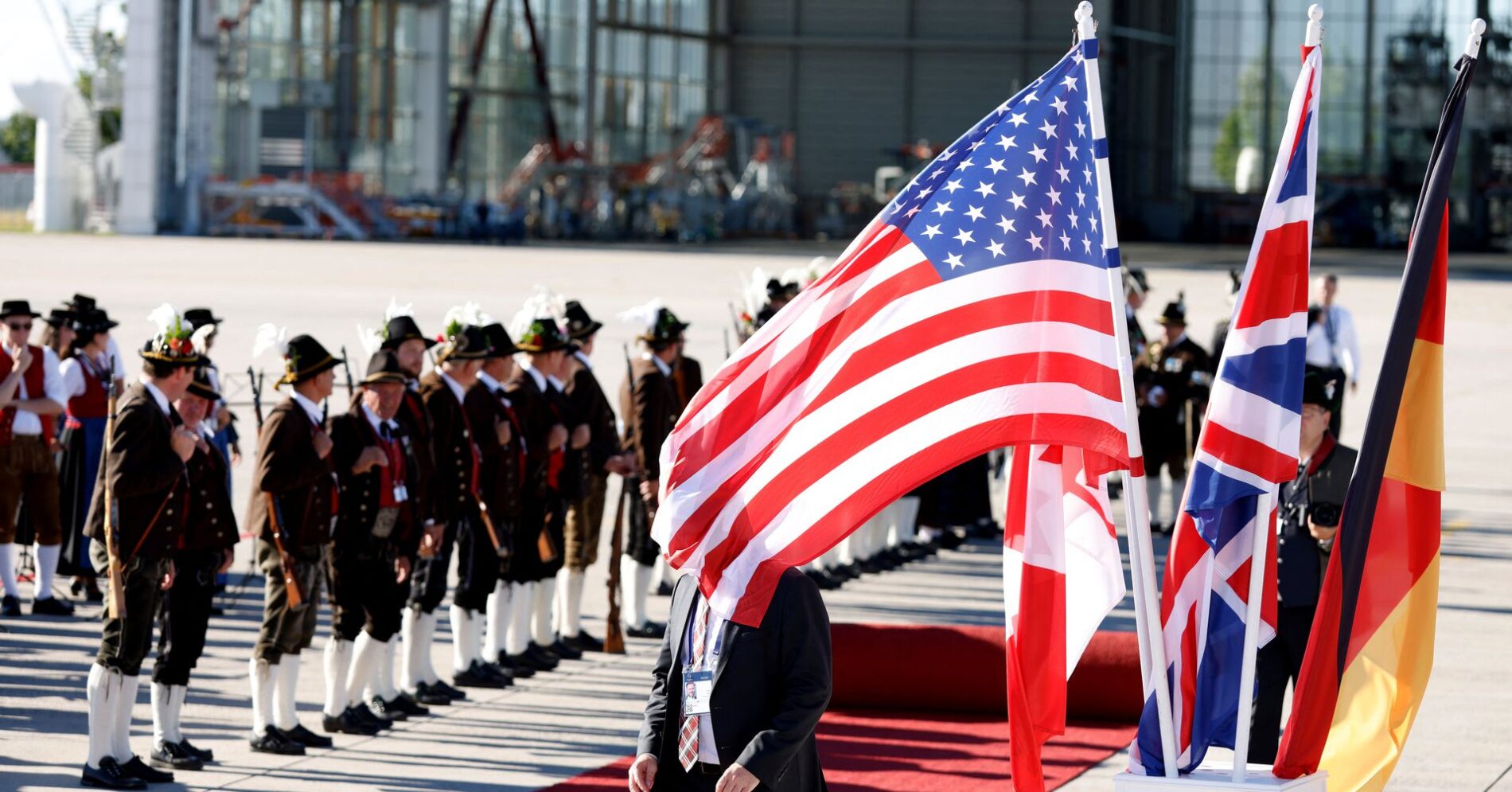
Propaganda
Unable to achieve our aims through military force, we’ve relied on the last weapon in our arsenal, control over the world’s monetary system. But here, too, our strategic perspective seems woefully short term – and explains why Ukraine is destined to be seen as an historic point of inflection. Russia’s attack on Ukraine triggered an avalanche of monetary sanctions and predictions of a collapse in the Russian economy, with Putin’s ousting considered a strong possibility. And, though not mentioned, many also believed the Russian Federation might break into pieces as the Soviet Union did after the Cold War. All this was seen as a great chance to seize, or at least gain control of, Russia’s enormous resource endowment.
Julian Spencer-Churchill, a professor in international relations, recently had an article in National Interest whose headline was: “Breaking Up: It’s Time to Prepare for Russia’s Disintegration.” Its subhead: “Western strategists must think clearly about their preferred geopolitical organization of Eurasia before, rather than while, Russia begins a spontaneous disintegration.” National Interest was founded by the father of neoconservatism, Irving Kristol, but neocons weren’t alone in betting on a Russian breakup. Similar pieces appeared in Bloomberg, The Washington Post, and other outlets.
A Bloomberg opinion piece stated: “(Putin’s) attempt to absorb Ukraine back into the fold has been a military and economic disaster, not unlike the debacle in Afghanistan that helped bring down the Soviet Union. That episode saw Russia lose control of Ukraine and several other territories. Could this one lead to a further breakup?…it’s possible…even desirable.”
And in The Washington Post there was the following comment: “A breakup of today’s Russia, similar to the dissolution of the Soviet Union, is seen as a possible, for some even the most desirable, outcome of a failed Ukraine invasion. Regrets are voiced that the U.S. didn’t make it a goal in the 1990s, when post-Soviet Russia lay in ruins and struggled to hold onto one, tiny secessionist region: Chechnya.”

Russia Winning Decisively
Clearly, there was considerable support in the NW for the view that the Ukraine war was a chance to break up Russia. It’s remarkable that these pieces ran in June when it already was evident that Russia, which has only employed about 15% of its military in the engagement, was certainly not losing. At that time, I noted that the $40 billion for Ukraine that was overwhelmingly passed by Congress was a nearly sure sign that Russia was winning. And still, much of our brain-washed public likely believes that Ukraine is either winning or can stay in it for the long haul. The real question, instead, is how much of Ukraine does Russia want – all of it or just the East.
Hopefully most in the West would admit that the record number of sanctions applied against Russia have been an utter failure. More than just a failure, they may end up crippling and possibly destroying Europe. The lack of ready access to energy, for example, risks destroying Germany’s once-envied manufacturing base.
The one positive (however misplaced the word seems in this context) is that the war’s crushing impact on Europe and Japan has made the dollar seem a safe haven. That no doubt helps explain why gold has been held in check. As vulnerable as the U.S. economy has become with multi decade highs in inflation and sharply slowing growth, Europe and Japan are much worse off. The dollar has outperformed the currencies of other developed countries, but not, as our second chart shows, the currency of either Russia or China.
It is pretty easy to connect the dots. When employing the strongest weapon in your arsenal against your enemy backfires to such an extent that it becomes a major threat to you and your allies, times have changed.
The lyrics of Bob Dylan’s iconic song ‘Times They Are A Changin’ strikes a chord… to the unparalleled upheaval this world is experiencing.
Ukraine’s Lesser Known History
Western thinking is so muddled that most readers may be unaware that the Ukraine we continue to praise for its democracy is really not much different than the Ukraine that fought in WWII. About half the country sided with Russia and the other half with the Nazis. As I mentioned before, about a quarter of Holocaust murders took place in Ukraine as a collaboration between Ukrainians and Germany.
How much has Ukraine changed since WWII? Arguably not much. For example, the Ukrainian ambassador to Germany, Andrey Melnyk, who hopefully will be sent back to Ukraine, is an avid supporter of the late Stepan Bandera. Melnyk in a German podcast “Jing & Naiv” praised Bandera as a “freedom fighter” and denied that he had anything to do with mass murders during the war. Melnyk is hardly alone. A street in Kyiv is named after Bandera, and his birthday is widely celebrated in the country.
So who was Bandera?
History is pretty clear on this one. Florida State professor of Holocaust studies Norman Goda notes that when the Germans invaded the USSR in June 1941 and captured the East Galician capital of Lvov, Bandera’s lieutenants issued a declaration of independence in his name. They further promised to work closely with Hitler, then helped to launch a pogrom that killed four thousand Lvov Jews in a few days, using weapons ranging from guns to metal poles. “We will lay your heads at Hitler’s feet,” a Banderist pamphlet proclaimed to Ukrainian Jews.”
I am not saying Ukraine is an evil country. There are many wonderful Ukrainians, but it is far from a home for the free. The muddled and ignorant view of the West may make it harder to accept that the U.S. is no longer a hegemon. But for the U.S. and the West to have any chance of long-term wellbeing, we need to focus on the challenge of using existing resources to create a world that will be free of dependence on those resources. Geopolitically, that means accepting being part of a multipolar world in which we’re fully willing to cooperate with all other nations.
New World Order = New Monetary System
Part of that will mean accepting that a new monetary system is critical. And it will need to be backed by gold, or else it will end up simply enabling the kind of money printing that is on the verge of destroying the West.
Right now, the West is still fighting – literally and figuratively – this idea tooth and nail. But it is only a matter of time before we will have to recognize reality. It is really a question of how much more pain we can bear. My guess is that we are near the limit of our pain tolerance. Immediately ahead, intense volatility is likely in nearly all markets. There will still be a massive effort to keep gold down. But those days are numbered, and I believe that the great American ideals can still reemerge from the current morass. Have faith and own gold.
